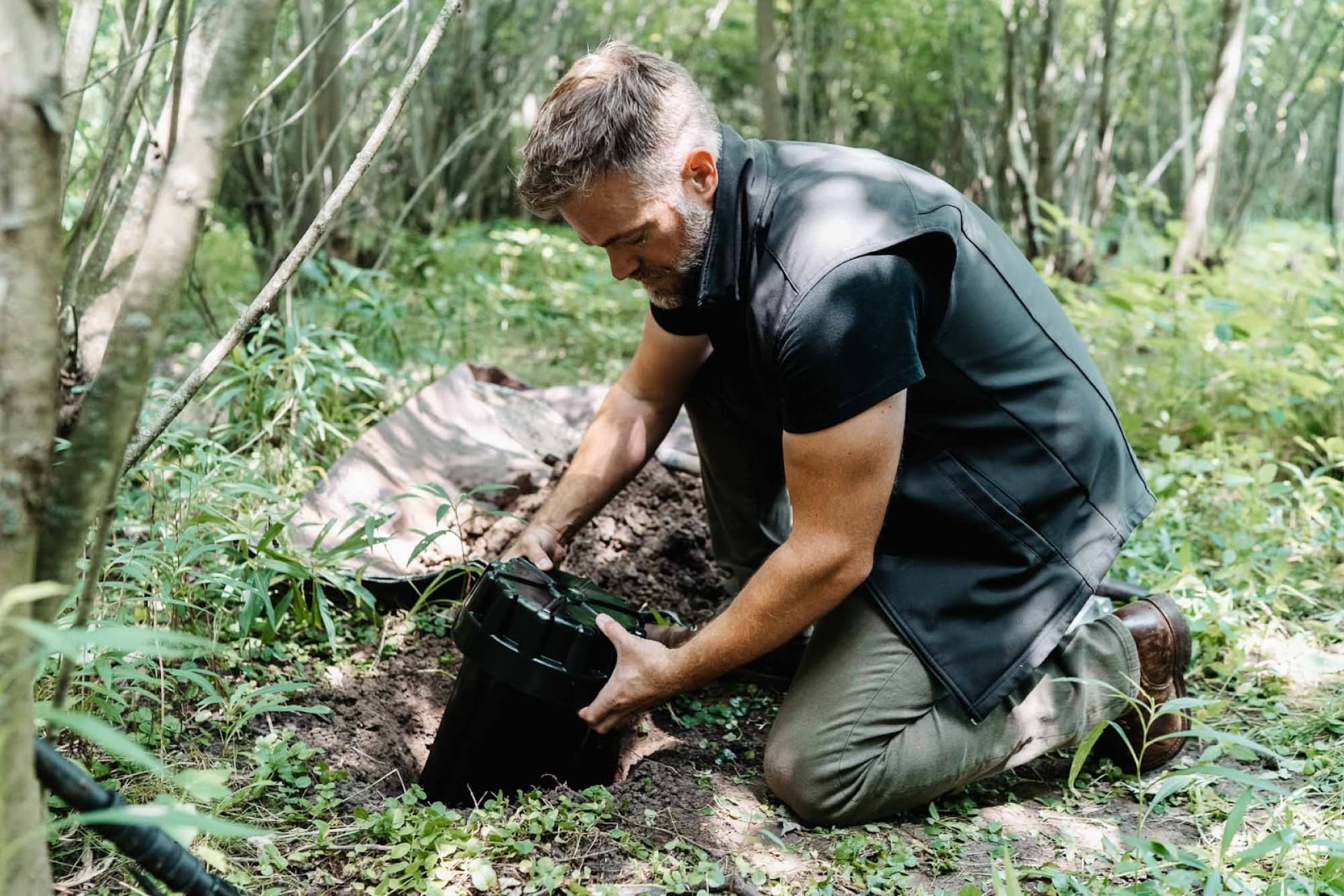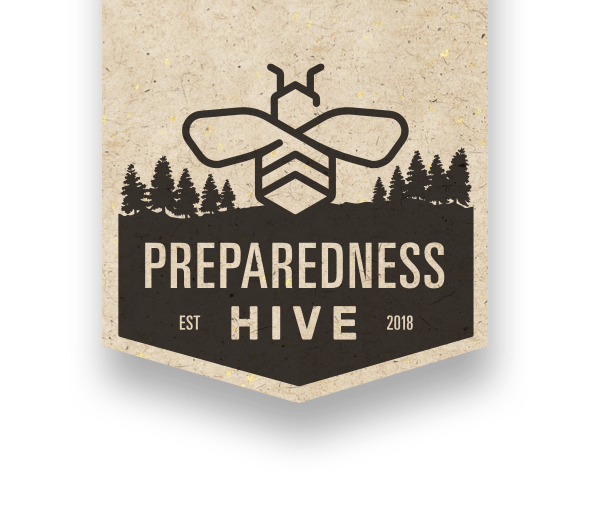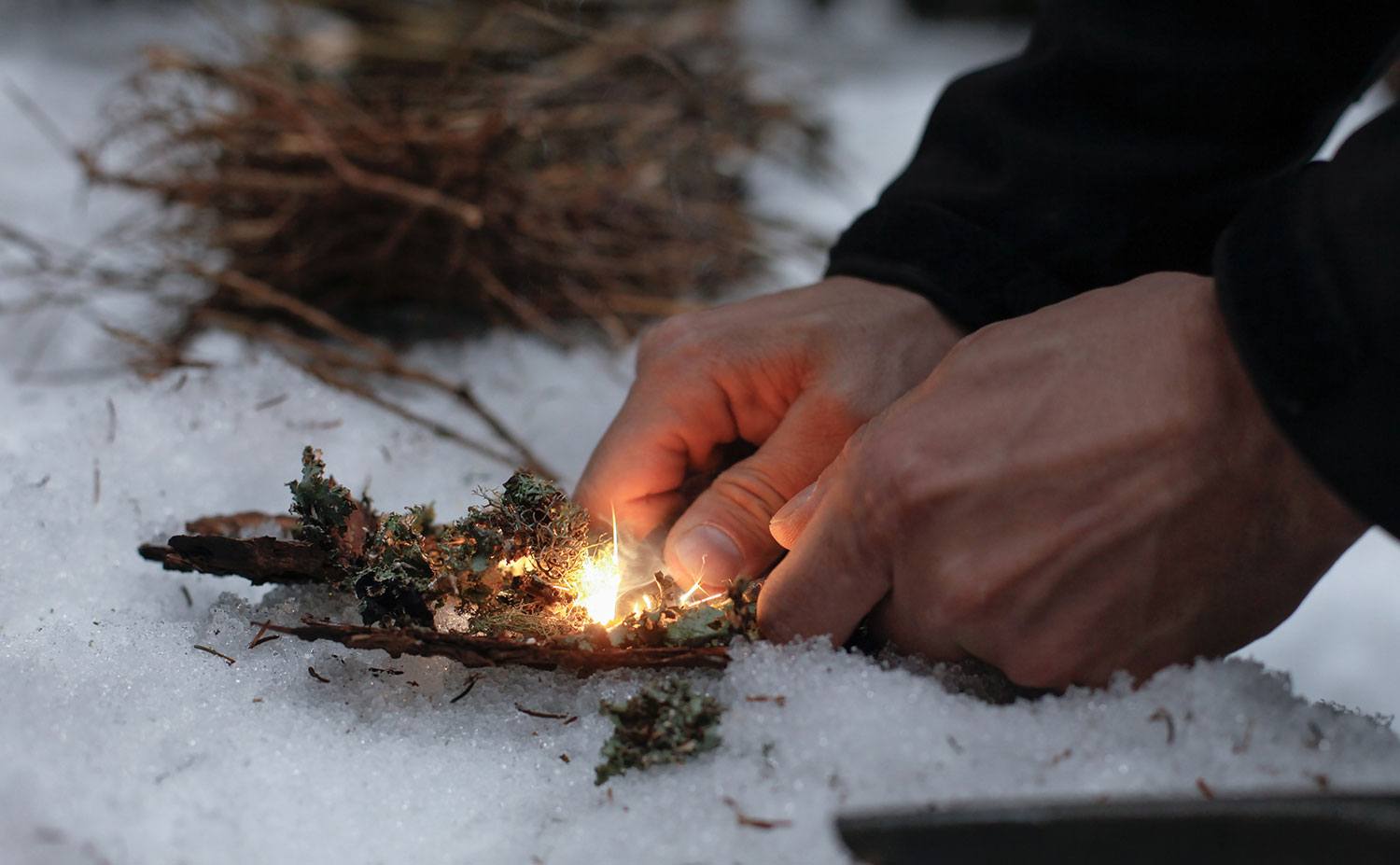Preparedness Knowledge
- The Ultimate Guide to Building Survival Caches: A Steadfast Addition to Your Preparedness Plan

In an era where unpredictability is the new norm, the concept of being thoroughly prepared has taken on a heightened significance. This article dives deep into the world of preparedness with a specific focus on one crucial aspect: survival caches. Whether you’re a veteran prepper or just starting to explore the realm of emergency readiness, understanding the intricacies of creating and maintaining a survival cache is a vital component of your preparedness strategy.
Survival caches are more than mere collections of supplies; they represent a well-thought-out plan for resilience and survival in the face of adversity. These hidden treasures are your lifelines when normality is disrupted, whether by natural disasters, societal upheavals, or personal emergencies. This article aims not only to inform but also to instill confidence, providing a blueprint for those who understand the importance of being one step ahead in an unpredictable world.
By reading this, you’ll gain a comprehensive understanding of the nuances of survival caching, including legal considerations, strategic placement, and the art of balancing accessibility with secrecy. This is your handbook for turning knowledge into action, ensuring that when the unexpected occurs, you’re not just prepared—you’re steps ahead.
1. What is a Survival Cache and Why Do You Need One?
A survival cache is basically a hidden stockpile of essential items you might require in a time of crisis. It’s a critical element in any comprehensive preparedness plan, serving as a backup when primary resources are cut off or inaccessible. But its significance goes beyond being merely a stash of goods; it’s a well-thought-out repository that considers the specific needs and scenarios you might encounter.
The importance of a survival cache lies in its ability to provide support and resources when you are forced to leave your primary location, or when your regular supplies are depleted. Imagine scenarios like natural disasters, economic collapses, or even personal emergencies that require rapid movement or evacuation (known as ‘bugging out’). In such cases, a survival cache becomes not just a convenience, but a crucial element of survival.
In creating a survival cache, you’re not only preparing for the worst; you’re also empowering yourself and your loved ones with the confidence and reassurance that comes from knowing you have a plan. It’s about being proactive rather than reactive, a principle that lies at the heart of effective preparedness.
2. How to Choose the Perfect Location for Your Cache?
Selecting the right location for your survival cache is a balancing act of accessibility, discretion, and safety. The ideal spot should be easily accessible to you but not obvious to others. It needs to be safe from environmental hazards, such as flooding or extreme weather, and should ideally be along your planned evacuation route or in a location you can reach without attracting attention. Think about diversification when choosing locations too. Ideally, you’ll have multiple caches in different areas to cover various scenarios and routes… as you can imagine, the possibilities are endless. Depending on where you live and where you may be trying to go, urban versus rural settings present very different challenges. Urban caches may be easier to access in a short-term emergency, while rural caches are preferable for long-term scenarios.
Accessibility in different seasons is also crucial. What might be an ideal spot in summer could be inaccessible in winter. Similarly, consider how natural disasters like wildfires or floods might impact your ability to reach the cache. The goal is to choose locations that offer security and accessibility in a variety of scenarios, ensuring that no matter what the situation, you have a lifeline available.
3. What Should You Include in Your Survival Cache?
Building a survival cache requires a balance of items that are essential for survival yet can be stored for longer periods of time without change. Start with the basics: non-perishable food, water purification methods, a first-aid kit, durable clothing, and essential shelter items. These items address the immediate needs of survival: sustenance, health, and protection from the elements. See our essentials page for a list of specific items we recommend.
Your cache should also include items tailored to your personal needs and the specific challenges you anticipate. This might include prescription medications, maps of the local area, an extra compass, a multi-tool, fire-starting equipment, and communication devices. Adding items for self-defense will likely be wise, depending on your location and the nature of potential emergencies as well.
It’s also important to consider the size and weight of your cache. If you need to move quickly or transport it over a distance, ensure that it’s manageable. This might mean prioritizing items or having multiple smaller caches instead of one large one. If you have a bugout bag as part of your preparedness plan (which we highly recommend – see our complete recommended load out here), you’ll likely want to include items you may have consumed along the way to replenish your pack. You might also consider a collapsible pack as part of the cache contents in case your was damaged or stolen along the way. Whatever you choose, the contents of your cache should reflect a balance between necessity, longevity, and practicality.
4. How to Ensure the Longevity of Your Cache?
Ensuring the longevity of your cache is vital for it to be an effective part of your preparedness plan. Choose durable, waterproof, and rodent-proof containers. Consider the environment where your cache will be stored; factors like humidity, temperature fluctuations, and potential water exposure should influence your choice of container and packing materials. Waterproofing is absolutely critical! Never rely solely on the original seal of your container, unless it’s specifically built to be waterproof. Use teflon tape, silicone, vaseline and/or any other water repelling means necessary to ensure your contents remain dry. Be sure you can open the container with only your hands though, or hide/bury the necessary tool with it otherwise.
Regular maintenance is crucial as well. Schedule periodic checks of your cache to replace expired items, check the condition of equipment, and ensure that everything remains functional. We recommend doing this on an annual basis to limit touchpoints and minimize the potential of someone seeing you in the process of hiding your cache. This will also provide a great opportunity to update your items based on any changes in your personal circumstances, skills, or understanding of potential risks.
Lastly, consider the visibility of your cache over time. Natural changes in the environment, such as plant growth or erosion, can either expose or further conceal your cache. Part of your maintenance routine should include ensuring that the cache remains well-hidden yet accessible to you. For caches that are buried for the first time, you may want to check on it 2-3 times throughout the first year to be sure it is remaining hidden as expected.
5. Is it Legal to Create a Survival Cache?
The legality of creating a survival cache is a big question mark. In most cases, it’s legal to create a cache on your own property or on public land where regulations permit. However, it’s essential to research and respect property rights, environmental protections, and specific local laws regarding caching (especially if there are any defense-related items included). If considering caching on private property that isn’t yours, always seek permission from the landowner. Word of advice here too: be sure this person is 100% trustworthy or you may get to your cache in the time of need only to find it’s been ransacked. (Pro tip: if you plan to use someone else’s property, hopefully they’re at least like-minded. Asking their permission opens the door for some conversation around preparedness in general, which may ultimately help you form the beginnings of a Mutual Assistance Group (MAG). You could even offer to bury a second cache for them to help them think through what they might put in it. Regardless, and it goes without saying, but trespassing or hiding caches without consent can lead to legal and/or criminal charges, so don’t be flippant about this. Similarly, some public lands have strict regulations about what can be buried or left behind, often for environmental reasons.
In urban areas, legal considerations are even more complex. The act of hiding a cache could be misinterpreted, especially in sensitive areas like near government buildings or transportation hubs. Always prioritize legal compliance and ethical practices in your caching endeavors to avoid unintended consequences. DO YOUR RESEARCH and take the time to explore the entirety of your preparedness route to identify appropriate locations for your cache(s).
6. How Many Caches Should You Have?
Determining the number of caches you should have will depend on several factors: the geographical area you cover, your bugout plans and route, the number of people they need to sustain, potential hazards you may be aware of along the way, and the resources you can realistically maintain/carry. A single cache may be sufficient for some, but having multiple caches, each with different items or intended for different situations, can significantly enhance your chances of survival.
Consider having a mix of caches, with some close to your home for short-term emergencies and others along potential evacuation routes for longer-term scenarios. This ensures that no matter where you are or what situation arises, you have access to necessary supplies. The key is to balance the number of caches with your ability to maintain them. It’s better to have a few well-maintained caches than numerous ones that are neglected or forgotten. Each cache should be thought of as a strategic asset, integral to your overall preparedness plan.
Also, be sure to record the location of each cache in a GPS device, on a map you keep safely hidden from everyone in your home, or via a series of directional landmarks near each location. A cache is completely pointless if you can’t find it when the time comes!
7. How to Maintain Operational Security for Your Cache?
Maintaining operational security for your cache is essential to prevent it from being discovered and tampered with. This begins with discretion. Be cautious about who you inform about your cache, limiting this knowledge to a trusted few or keeping it to yourself. When visiting your cache, be mindful of leaving signs of disturbance. Use natural camouflage and be aware of leaving tracks or other indicators of human activity. In some cases, it may be wise to have a decoy in place to mislead anyone who might stumble upon the area. If burying them, consider placing lots of old nails, bolts or bottle caps around the area to deter metal detectors for digging further.
Consider the implications of surveillance, especially in urban environments, but also in rural areas as well. Most urban areas will have cameras everywhere, so this can be tricky. In rural areas, trail cams are probably your biggest concern. In any case, avoid drawing attention to yourself or your cache location during both the initial placement and subsequent visits. Operational security is not just about the physical cache but also about how you interact with and around it.
8. Can Technology Help in Managing Your Cache?
Incorporating tech/apps/devices can be a valuable addition when managing your cache(s), especially when it comes to tracking and maintenance. GPS devices can help pinpoint the exact location of your cache, which is particularly useful if you have multiple caches or if your cache is in a remote or densely wooded area. Inventory management apps or simple spreadsheets can be used to track the contents of your cache, including expiration dates of perishable items, which is crucial for maintenance. Just remember, it’s important to balance your reliance on technology with traditional methods. In a situation where technology may fail or be inaccessible, like in the case of an EMP or large solar flare for instance, you should still be able to locate and utilize your cache without it.
Remember, the goal of using technology in your caching strategy is to enhance efficiency and reliability, not to replace basic skills and knowledge. Technology should be a part of your plan, not the entirety of it.
Conclusion
A survival cache is a key component of a broader preparedness plan, complimenting your bugout bag, home supplies, and evacuation strategies. It’s an integral part of a holistic approach to preparedness, ensuring that you have redundancy in your resources and strategies. Think of your cache as one part of a layered defense strategy. While your home supplies and bugout bag are your first line of defense, your cache is the backup, providing additional support and resources.
In conclusion, survival caches are more than just hidden stockpiles; they are absolute lifelines in times of crisis. By carefully selecting contents, locations, and maintaining them, you empower yourself to face unforeseen challenges with confidence. Remember, preparedness is not just about having resources; it’s about being resourceful.
Check out our survival cache video here for even more info on caching!



